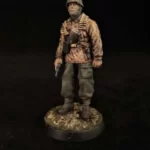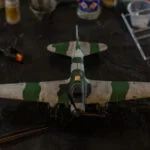Miniature Clothing Painting Techniques
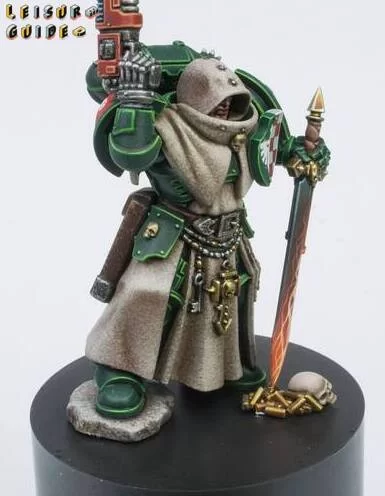
How do I add details on miniature clothes without messing it up? This is a common question but not so easy to answer.
There are several ways to paint miniature clothes, but the most important thing when adding details to miniature clothing is how to create transitions between two layers of paint to make it look real.
In this article, we discuss some key factors and techniques to consider when adding details to miniature clothing.
Read our article “A Beginner’s Guide to Miniature Cloth and Fabric” to find a step-by-step guide on painting miniature clothes.
Adding Details to Miniature Clothing
You can’t really know how to paint miniature clothes without knowing how real-life fabrics take the form they do. So, get a multicolored fabric or one with several patterns and carefully consider every tiny detail on it.
One detail you notice is that most of the fabric color is dyed in layers to get smooth transitions and a contrast that blends well.
In principle, the same applies to painting miniature clothes. All you need to do is find two different colors and make two layers of paint, then blend them to create contrast. The blend between transitions doesn’t have to be smooth, especially for beginner painters, but it shouldn’t be so apparent that it makes the fabric look unnatural.
Then again, you also want to consider the type of fabric you are painting. Silk details won’t bring similar results as when painting satin or old-weathered fabric.
Painting Techniques for Painting Detail on Miniature Clothing
Most mini painters try to drybrush their models to achieve realistic details on their model, but when painting miniature clothing, stippling and wet blending techniques are two effective methods to consider.
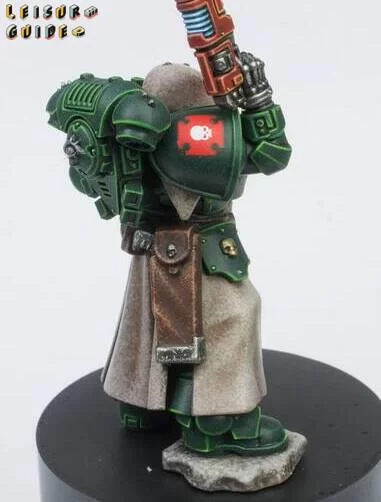

- Stippling Technique
Stippling is a miniature painting technique whereby you apply paint with a stiff paintbrush and very little paint on the brush to form small random dots in strategic locations that combine to create a dot-filled surface.
The stippling technique helps you create various effects on your miniatures. On miniature clothing, it adds the right amount of texture and details to make a previously flat fabric look real. Still, there’s a catch!
A technique like stippling won’t work well on a paint-free surface. Hence, you must have applied some layers of paint on the model, making sure to identify how light reflects on the cloth. More than this, stippling helps add details like mud and dirt, especially on leather capes.
So, the next question you should consider is, how do you stipple on your miniature fabrics to get the right details?
- Get a stiff-haired brush and take only a small amount of paint with it – this method will feel more like the dry brushing technique, but it isn’t.
- Don’t sweep the bristles over the miniature, as it will cover the details you may have painted before now. Instead, tap or touch the tip of the stiff brush to get a dotted effect.
- Always use dark colors when adding shadows on miniature clothing and light colors for highlights.
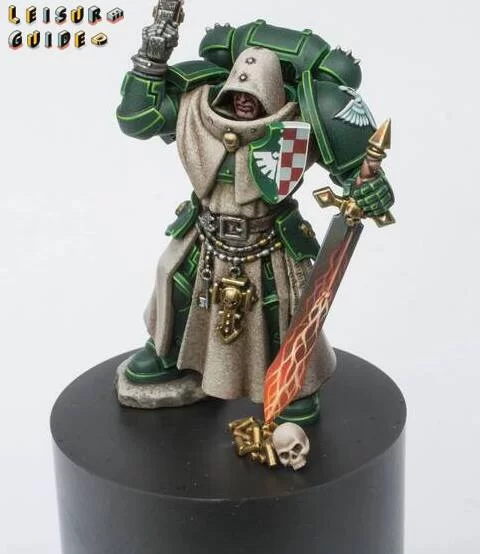

- Wet Blending
This is probably one of the hardest techniques any painter can try when painting miniature clothes since it demands that you mix two paint colors while wet and directly on the model.
Wet blending works best on a large open surface. So, with clothing materials that naturally appear flat and without details, you can easily get this technique right.
Here’s how to do this technique like a professional:
- Start with the first color in small patches on the model
- Get a clean brush and apply the second next to it.
- Between the two paints, make sure to leave a small space so you can carefully blend both paints to make them look real.
- So, get another clean brush and merge both paints in the gap to get a flawless transition between the colors.
While using this technique, try as much as possible to stay clear of white, yellow, and orange color paints, as they are the hardest to blend on miniature clothes. Still, the best part of this technique is that you really don’t have to thin the paint. Water speeds up the dry time, and you don’t want this for this technique.


Conclusion
Adding detail to miniature clothes is a fantastic way to transform your miniature models. However, every technique won’t work the same. While they all help add texture to the fabric, stippling and wet blending are two good techniques to consider for miniature clothes and fabrics. They don’t just ensure perfectly blended transitions, but can help you create special effects like wear and tear on miniature fabrics. Nevertheless, whichever technique you choose will turn out great with experimentation and a whole load of patience.

